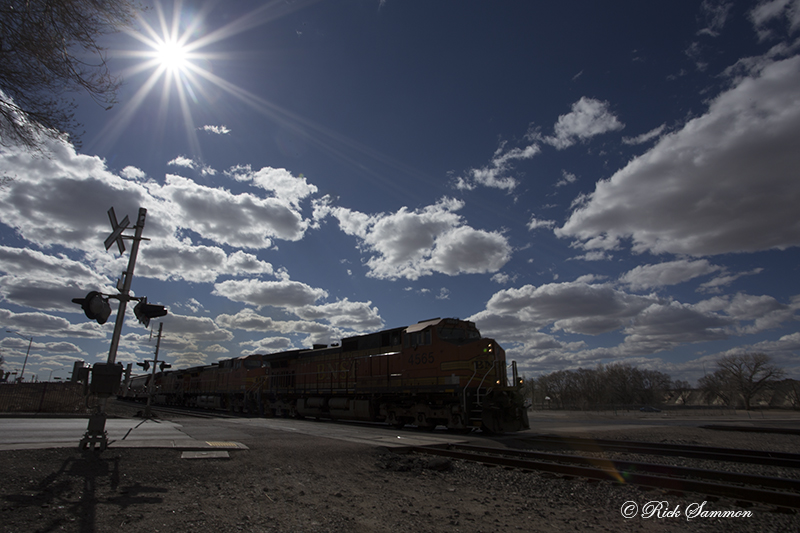Natural-looking HDR image.
I teach HDR on most of my workshops. The next HDR workshop will be in Atlanta, GA later this month. We'll shoot at Old Car City and the Southeastern Railway Museum. Great fun!
Want to have some fun? Do a web search on "I hate HDR." Tons of pages will come up.
In that search you will find a photographer who says, "I teach HDR the right way."
As my dad used to say, "To each his own." I say, "Why hate anything?" And, my take on teaching HDR - or creating HDR images - is that there is no "right way" and no "one way."
Natural-looking HDR image.
It's all personal, like all art.
Some folks like realistic-looking HDR images, such as the image above, while others like super-saturated images with the grunge look, like the images below.
Super-saturated HDR image.
I don't teach HDR the right way, I simply teach it my way - which covers creating all types of HDR images.
The HDR program I recommend most is Photomatix from HDR soft. You can save 15% on Photomatix when you use this code - ricksammon - upon checkout from the HDR soft web site.
Here is post I did on the latest version of Photomatix. The above image is from that post.
One tip I do offer when it comes to HDR: The subject often suggests the HDR effect. For example, you probably want a natural-looking HDR image for a landscape, while the super-saturated/grunge effect may look good on a photo of an old car.
Magic Beach Motel, St. Augustine, FL.
As with all your photography, I say follow your heart. Or as Ginger Baker wrote, "Do what you like."
South East Railway Museum near Atlanta, GA.
If you want to get good at HDR, put yourself in a very high-contrast situation: shoot indoors and get details inside and outside. If you can see into the shadows and if your highlights are not blown out in your final HDR image, you are on your way to creating a good HDR image - your way. The image directly above illustrates that technique.
All my 2016 photo workshops are listed on my 2016 Workshops page.
Explore the light,
Rick

























